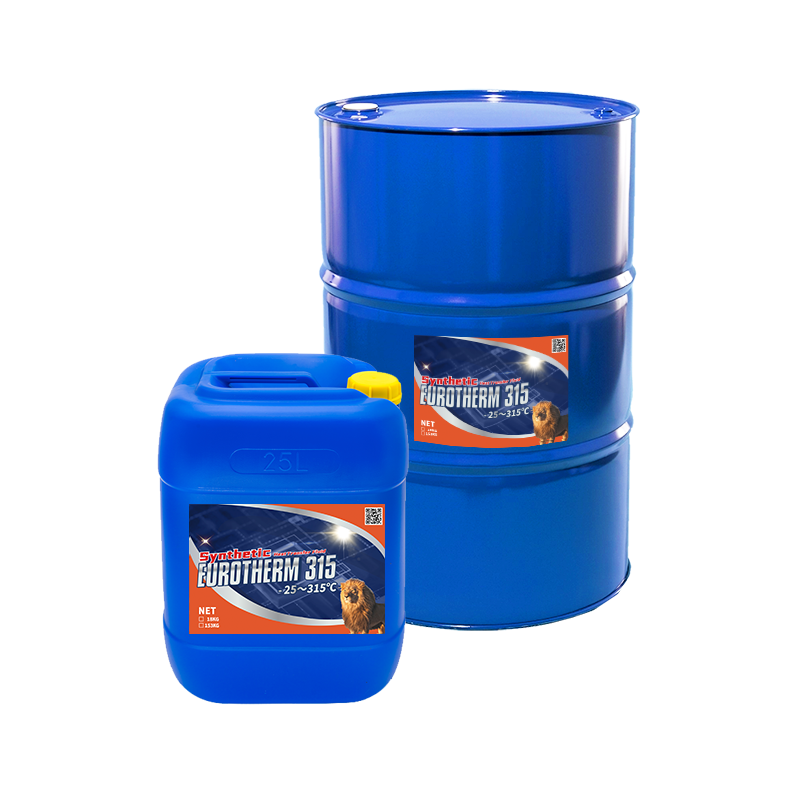9 Simple Techniques For Chemie
9 Simple Techniques For Chemie
Blog Article
Getting The Chemie To Work
Table of ContentsEverything about ChemieThe Ultimate Guide To ChemieChemie Can Be Fun For EveryoneChemie for Dummies7 Simple Techniques For ChemieThe Greatest Guide To Chemie
By Bojanna Shantheyanda, Sreya Dutta, Kevin Coscia and David SchiemerDynalene, Inc. Liquid cooling, which can be attained making use of indirect or direct ways, is made use of in electronic devices applications having thermal power thickness that may surpass risk-free dissipation with air cooling. Indirect fluid cooling is where warm dissipating digital components are literally separated from the liquid coolant, whereas in situation of direct cooling, the parts remain in direct contact with the coolant.In indirect air conditioning applications the electrical conductivity can be vital if there are leaks and/or splilling of the liquids onto the electronic devices. In the indirect air conditioning applications where water based fluids with corrosion preventions are usually used, the electric conductivity of the liquid coolant generally depends upon the ion concentration in the liquid stream.
The increase in the ion focus in a closed loophole liquid stream might occur due to ion seeping from steels and nonmetal parts that the coolant fluid touches with. Throughout procedure, the electric conductivity of the liquid might raise to a level which could be dangerous for the cooling system.
Chemie - Questions
(https://www.domestika.org/en/betteanderson)They are grain like polymers that can trading ions with ions in a solution that it is in call with. In the here and now job, ion leaching examinations were performed with different steels and polymers in both ultrapure deionized (DI) water, i.e. water which is treated to the greatest levels of pureness, and reduced electric conductive ethylene glycol/water blend, with the gauged modification in conductivity reported in time.
The samples were enabled to equilibrate at area temperature level for 2 days before taping the preliminary electrical conductivity. In all tests reported in this research liquid electric conductivity was determined to an accuracy of 1% utilizing an Oakton CON 510/CON 6 series meter which was adjusted before each dimension.
The Basic Principles Of Chemie
from the wall surface home heating coils to the center of the furnace. The PTFE sample containers were put in the heating system when stable state temperatures were gotten to. The test configuration was eliminated from the furnace every 168 hours (7 days), cooled down to space temperature with the electric conductivity of the fluid measured.
The electric conductivity of the liquid example was kept an eye on for a total of 5000 hours (208 days). Schematic of click this the indirect closed loop cooling down experiment set-up. Components used in the indirect closed loophole cooling experiment that are in call with the fluid coolant.

The Buzz on Chemie
The change in fluid electric conductivity was kept an eye on for 136 hours. The fluid from the system was accumulated and stored.

0.1 g of Dowex material was added to 100g of fluid examples that was absorbed a separate container. The mix was stirred and alter in the electric conductivity at space temperature was gauged every hour. The determined adjustment in the electrical conductivity of the UP-H2O and EG-LC test liquids containing polymer or metal when immersed for 5,000 hours at 80C is shown Number 3.
The 25-Second Trick For Chemie
Figure 3. Ion leaching experiment: Measured modification in electrical conductivity of water and EG-LC coolants consisting of either polymer or metal samples when submersed for 5,000 hours at 80C. The results suggest that steels contributed less ions into the liquids than plastics in both UP-H2O and EG-LC based coolants. This might be as a result of a slim steel oxide layer which may serve as an obstacle to ion leaching and cationic diffusion.
Fluids including polypropylene and HDPE exhibited the most affordable electrical conductivity adjustments. This can be due to the brief, stiff, straight chains which are much less likely to add ions than longer branched chains with weak intermolecular forces. Silicone additionally performed well in both examination fluids, as polysiloxanes are generally chemically inert as a result of the high bond energy of the silicon-oxygen bond which would certainly prevent destruction of the material right into the fluid.
Little Known Facts About Chemie.
It would be anticipated that PVC would certainly create similar results to those of PTFE and HDPE based on the comparable chemical frameworks of the products, nevertheless there might be various other impurities existing in the PVC, such as plasticizers, that might influence the electric conductivity of the liquid - therminol & dowtherm alternative. Furthermore, chloride groups in PVC can also seep right into the examination liquid and can cause an increase in electrical conductivity
Polyurethane entirely disintegrated right into the examination liquid by the end of 5000 hour test. Before and after pictures of steel and polymer examples immersed for 5,000 hours at 80C in the ion leaching experiment.
Measured adjustment in the electrical conductivity of UP-H2O coolant as a function of time with and without material cartridge in the shut indirect air conditioning loophole experiment. The determined change in electrical conductivity of the UP-H2O for 136 hours with and without ion exchange material in the loophole is shown in Figure 5.
Report this page